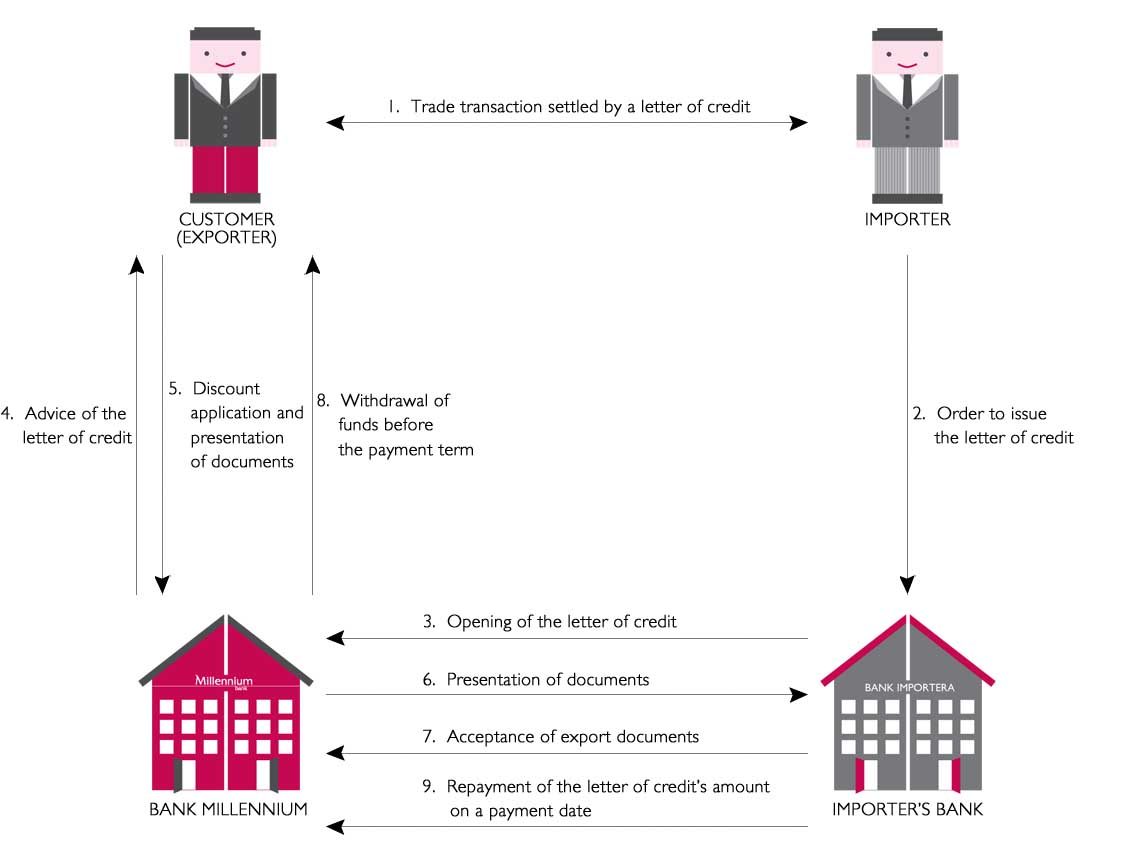

ExampleĪssume that ABC Company is a manufacturer and supplier of steel in the state of California. After the bank confirms relief from the guarantee letter of guarantee liability, it revokes the guarantee and recovers the credit line from the customer, or if there is a surplus, it refunds the customer. The bank also stores the letter of guarantee and verifies that they reflect the actual transactions. Post-guarantee managementĪfter the bank has made the payments to the supplier, it updates the customer’s records to reflect the changes. If the bank is satisfied with the claim, it makes the payments to the supplier for an amount equal to the amount of work performed. The bank will then examine the claim documents and certify that they comply with the claim clauses of the letter of guarantee. Compensation against the letter of guaranteeĪfter the supplier has provided the goods to the customer and has made claims for compensation from the guaranteeing bank within the validity period, the bank shall notify the customer of the request. The subject of the amendments may be the underlying asset, validity period, etc. Letter of guarantee amendmentīefore the bank issues the letter of guarantee, it may be amended if requested by either the customer being guaranteed or the beneficiary. Feesįees are determined using the principles and rates as stated by the regulations of the issuing bank. The bank may request additional information or documentation from the customer if needed. It does this by scrutinizing the underlying transaction, history of transactions, and other relevant materials. When a bank receives an application for a letter of guarantee, it must determine whether the customer qualifies for the same. Examining and issuing a letter of guarantee A bank follows the following process when issuing the guarantee letter. Issuing Process for a Letter of GuaranteeĪ company may request a letter of guarantee from the bank when a supplier asks for one or is uncertain of the company’s ability to pay for goods supplied. This is because suppliers may incur additional costs in supplying goods outside the country and they want a guarantee from a bank that they will receive the payments if the customer fails to pay.

Dealing with a supplier outside the usual trading areaĬompanies that do business overseas may be required to provide a letter of guarantee by suppliers to show their commitment to pay for the products. Also, since they do not have a credit history with the supplier, it would be impossible for the supplier to judge the company’s ability to pay. Start-up companyĮarly-stage companies may not have enough liquidity to finance the purchase of goods at the start, and they may ask the bank to provide a letter of guarantee when purchasing such goods. The practice is most common when the customer wants to purchase costly machinery and equipment, and the supplier does not want to provide trade credit. New supplierĪ customer will often provide a new supplier with a letter of guarantee because the new supplier does not have a history of transactions with the customer and, therefore, there exists a lot of uncertainty between the two parties.

When is a Letter of Guarantee Required? 1.

It may also be issued if requested by a call writer to give a guarantee that they own the underlying asset and that it will be delivered by the bank if the call is exercised. A Letter of Guarantee refers to a written commitment granted by a bank on the request of a client who has engaged in a sale agreement to purchase goods from a supplier, providing assurance that the customer will fulfill the obligations of the contract entered into with the supplier.Īpart from the purchase of goods, a letter of guarantee may also be issued in technology trade, contracting and construction, financing from a financial institution, large equipment leases, and goods import-export declaration.


 0 kommentar(er)
0 kommentar(er)
